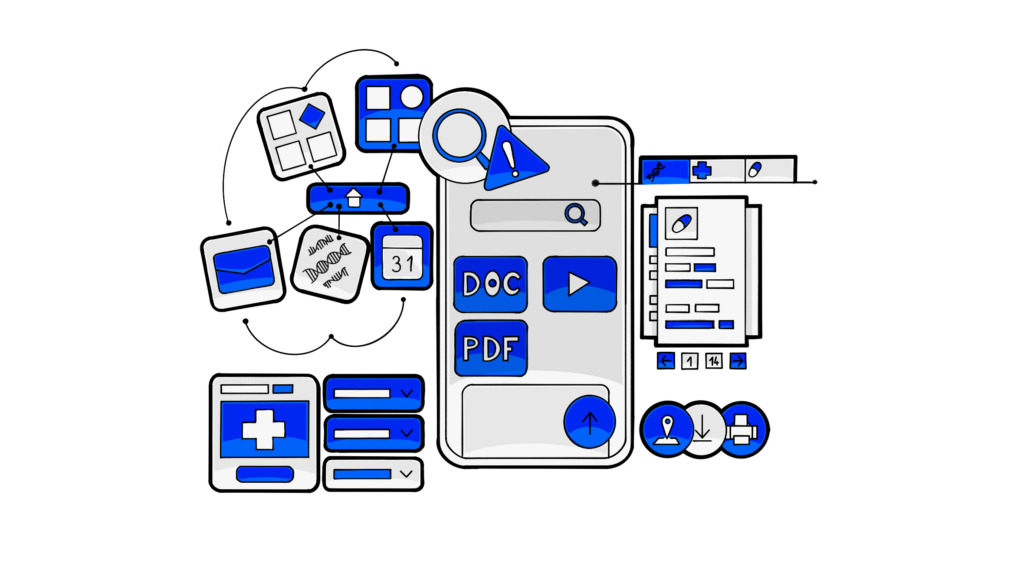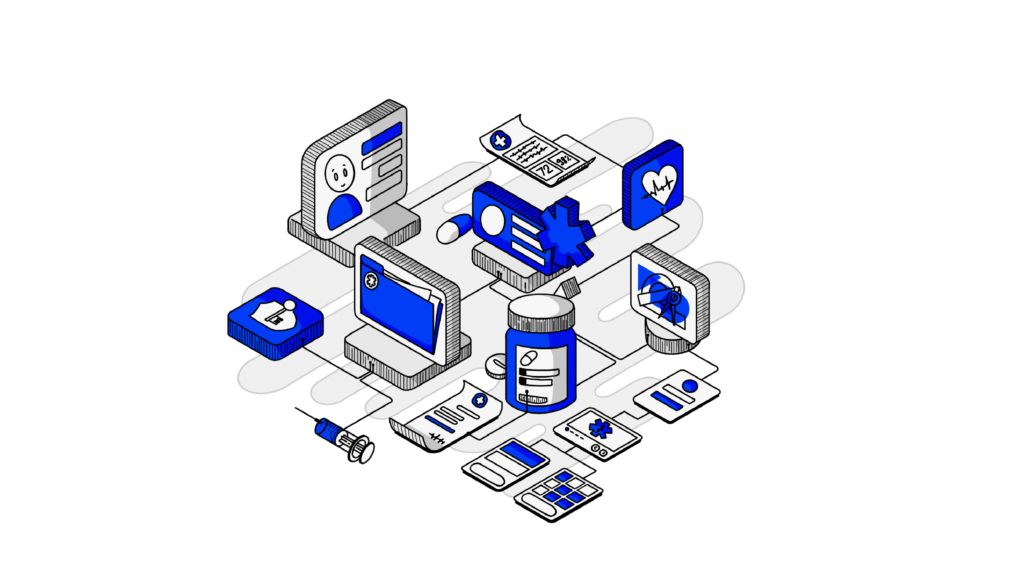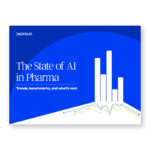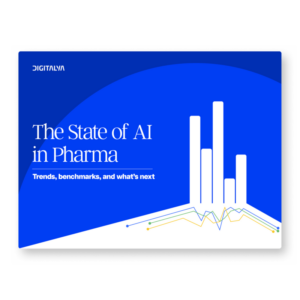Web design and development trends are constantly changing. If web developers or web development companies fail to keep up with these trends, their web applications might seem dated, or they won’t meet the expectations of users. This is why it’s essential to be aware of any top web development trends for 2023.
1. Top web development trends for 2023
One exciting movement is the use of VR on websites. Instead of developing a VR app, some websites might choose to integrate the technology with the website in the browser. It is still relatively new, but it is an example of emerging web development trends and technologies.
- Chatbots on Websites
Using an ai chatbot has been growing in popularity for a few years. With technologies like machine learning making bots smarter than ever, they can now take in a broader range of tasks and perform well to provide a better user experience.
Adding a chatbot to a website can serve a lot of purposes. For one, it could be a handy customer service tool. A chatbot can offer instant support, and it can be there 24 hours a day to meet your customers’ needs. In eCommerce web development trends, a chatbot could be a personal assistant for shoppers. It could help them find the products they need, recommend products or provide information about the items they are considering.
- Single Page Applications
With a singlepage application (SPA), you have websites that operate on a single page. Instead of clicks leading to new pages, the single page website takes the input and dynamically rewrites the page to respond. With all of the assets being loaded with the first page, it can make for an experience that is faster and more responsive.
This offers the ability to create a customer experience that can better keep users engaged for web developers. For example, instead of waiting for new pages to load, the response with a SPA is almost instant. This website development trend can be great for keeping users interested and on your site.
- Internet of Things
We have numerous devices already connected to the internet. They gather and share data and use artificial intelligence to perform many functions that make users’ lives more convenient. As these devices become more common, IoT tech will play a more significant role in web development.
IoT devices are already impacting the appliances in our homes, motor vehicles, healthcare, home security, logistics, and more. As a result, users are starting to expect websites to interact with many of these devices and systems. With this expectation, this trend should hold strong for years to come.
- Progressive Web Apps
A progressive web application might not be a new web development technology in 2023, but it will be an essential trend in the coming years. It is now possible to build a progressive web app that offers comparable performance and features to those you would expect from a mobile app. As a result, it can be a good option for many who may not want to develop platform-specific apps.
Using browser technology to launch and run these apps can offer some advantages. First, it is not platform-specific. The apps can run on anything that has a browser. It can also be an excellent way to get customers who may not want to download new apps on their devices. With the progressive web application, they can get the features they need without downloading a native application onto the device.
- Accelerated Mobile Pages
Accelerated Mobile Pages (AMP) is an open-source framework designed to speed up web pages on mobile devices. With AMP, the page is stripped down to the essential elements to improve performance.
The idea with an AMP is to make a mobile web page that responds much faster than the complete page. This can be good for some types of pages because it can be a way to provide a better experience for users. With just the essentials, users can still achieve what they need to achieve, but they do not have to wait for the full version of the page to load.
- Voice Controls
We are moving to a future that is less about text inputs and more about voice search. Many of us are already used to interacting with voice assistants like Siri and Alexa, which is a feature that will move to more apps and websites.
With technologies like Natural Language Processing, voice controls perform much better at speech recognition. With AI, many of these systems can even tell the difference between different users to offer personalized experiences for other apps with voice search optimization and voice recognition.
- Mobile First Designs
Mobile accounts for an increasing amount of internet traffic. This is a trend that will probably continue for the foreseeable future. As more people make devices like phones and tablets their primary portals to the internet, it only makes sense that web developers will start designing websites with mobile as a priority.
This means mobile-first design is a web development trend for 2023 and beyond. Instead of building the website for desktops first and then adapting it for mobile devices, the process is going to work in reverse. Many web developers will also lean on responsive design to create websites that perform well on all devices.
- Automated Testing
User testing will always have a place in web development, but we should expect a strong trend toward automated website testing. With newer machine learning testing programs, web developers can run practical tests faster and at a lower cost.
Test automation can be valuable because it will help web developers in their efforts to release apps that perform better. An automated testing platform can run thousands of test scenarios in much less time and at a lower cost than doing the work manually. This will help developers release apps faster, with fewer bugs, and save money.
These are just a few of the web development trends for 2023. Many of them are not new web technologies, but they have had a significant impact on development this year. As you can see, many of them are also trends that should hold for years. That means they are not just fads – they are technology trends you need to pay attention to.

2. Which language is best for web development?
Sometimes, knowing what technology stack to choose for your new project can be a tough decision. So let’s go through the most popular web programming languages trends, both frontend, and backend, and see what use cases they have.
1. Python – Backend development
This is one of the most popular languages used in web development, mainly because it is multi-purpose. Among the reasons why people choose Python, we can find the fact that it supports multiple platforms and systems, is driven by OOP, and that it allows you to scale complex web applications. Of course, the cons would be not being ideal for mobile computing and having an underdeveloped database.
What use cases does it have?
- IoT apps
- Serverless computing
- Cloud-native development
- System programming
2. PHP – Backend development
This is a dynamic, general-purpose language that is used primarily in server-side apps. It can help a web dev build and deploy apps rapidly since it offers many frameworks and is accessible. In addition, it offers support for OOP paradigms and automation tools (for testing and deploying). However, using only PHP to build a web page can take more time and can be unsuitable for websites security or data security.
What use cases does it have?
- Building a CMS
- Standalone web apps
- Server-side web applications
3. Java – Backend development
A platform-independent, multi-purpose programming language that has been a top choice for decades, Java is one of the best languages to learn in 2022 for web development. It never had significant changes or updates, making it a very stable option for many companies. However, it offers plenty of open-source libraries, provides platform independence, is highly secure, and is suitable for user data protection.
What use cases does it have?
- Big data apps
- Enterprise applications
- Web development
4. JavaScript – Frontend development
JavaScript is great for playing around with UI design and creating user-friendly apps. Over the years, it became a high-level, multi-paradigm, dynamic programming language, and it probably has the most various use cases and developed applications.
What use cases does it have?
- Browser games
- Backend development
- Serverless computing
- Web development
5. React – Frontend development
React and React Native are javascript frameworks developed by Facebook that rely on JavaScript that gain popularity every day. React has been trending in web development for a while now because of its significant pros. This framework is great for building user interfaces due to its dynamic capabilities that can catch user attention. React is great for both web and mobile app development, thus reducing development costs and time as compared to native mobile apps.
What use cases does it have?
- Complex websites
- Websites with a high number of user interactions
- Dynamic web dev
6. Angular – Frontend development
Even if its learning curve is steeper as compared to React, the framework offers more efficient solutions for frontend development. Angular facilitates the development of complex apps with attractive designs with excellent functionality. Moreover, it comes with instruments designed to make the life of web developers more straightforward, like the Angular command-line or Snippets.
What use cases does it have?
- Progressive web application development
- Enterprise web apps
- Dynamic apps
While these programming languages aren’t your only options, they’re usually the most popular. However, before starting any development processes, be careful to pick a tech stack that suits your needs and is applicable to your project.
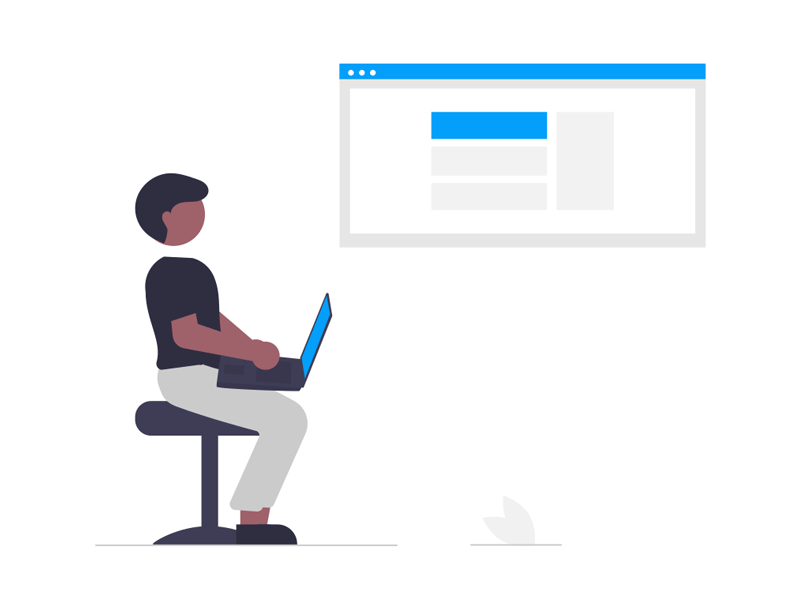
3. Is it worth it to learn web development in 2023?
When you notice the boom of CMS software and no-code platforms, it might be tempting to say that web development is not as looked for as it used to be a couple of years ago. However, most platforms will require programmers’ knowledge to work correctly.
Additionally, there are quite a few reasons why custom web development is still in high demand. For instance, SEO-wise, a custom website is much preferred over a CMS. The same goes for loading speeds and responsive web design.
However, web development doesn’t mean just responsive websites. Web application development is a prevalent trend nowadays because it brings many benefits. For instance, unlike native apps, web applications don’t have to be installed; you access them through your browser. This isn’t a web development trend that will go away anytime soon.
It’s hard to say for sure what the future of web development is. However, one thing is sure: it’s not going anywhere anytime soon.



